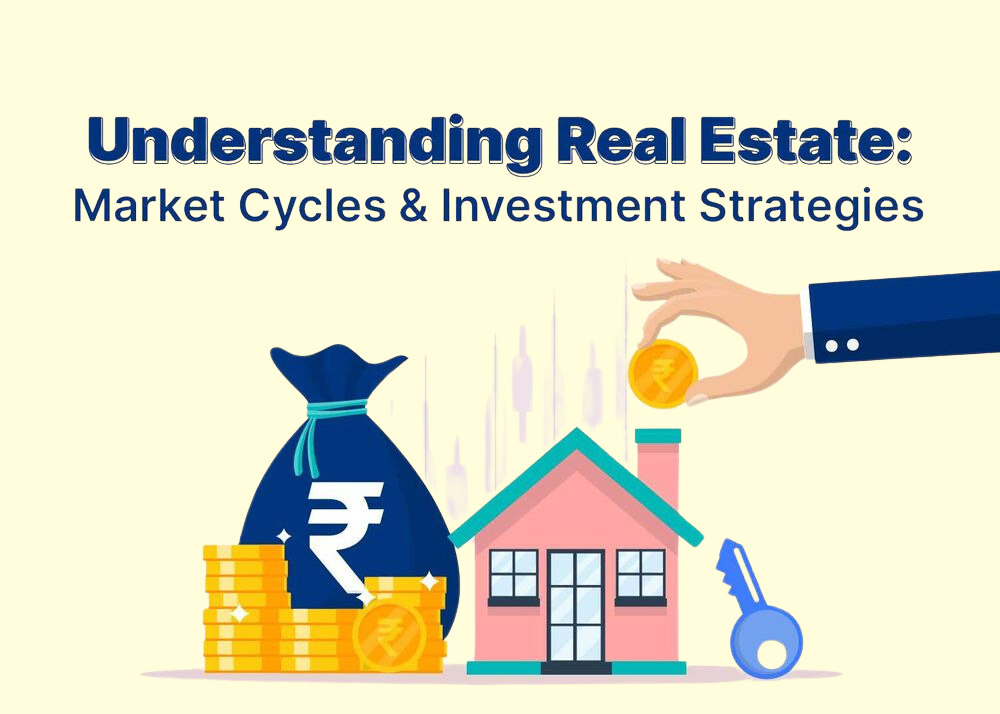Tue, Mar, 2024
Unveiling the Influence of Economic Forces on Real Estate Investment: Deciphering Market Cycles
Real estate investment, akin to other asset classes, dances to the tune of economic factors and market cycles. Mastering these dynamics is pivotal for investors navigating the intricacies of real estate markets to make well-informed decisions. This blog aims to dissect the impact of economic factors on real estate investment while shedding light on the ebbs and flows of market cycles.
Driving Forces Behind Real Estate Investment:
Interest Rates: The ebb and flow of interest rates wield substantial influence over real estate investment. Reduced rates spur demand for property acquisition and borrowing, propelling property values and investment activity. Conversely, elevated rates can quell demand, leading to diminished property values.
Economic Growth: Metrics like GDP expansion, employment figures, and consumer confidence serve as linchpins shaping real estate markets. Robust economic growth often translates to heightened demand for commercial and residential spaces, fostering investment opportunities.
Demographics: Population growth, migration trends, and demographic shifts sculpt the contours of real estate demand and investment avenues. Urbanization, ageing demographics, and household formations significantly influence property demand and development trajectories.
Supply and Demand Dynamics: The equilibrium between supply and demand charts the trajectory of real estate valuations and investment returns. Markets characterized by constrained supply and robust demand typically witness upward price momentum, while oversupplied markets may face downward pricing pressures.
Deciphering Market Cycles:
Expansion Phase: During this phase, buoyant economic growth spurs heightened demand for real estate assets. Property valuations ascend, vacancy rates diminish, and rental income burgeons. Investors seize opportunities for capital appreciation and income generation.
Peak Phase: The apex of the expansion cycle signifies soaring property prices, speculative fervour, and market exuberance. Demand plateaus, precipitating a slowdown in investment activities and potential oversupply in certain sectors.
Contraction Phase: Economic indicators wane during this phase, leading to a falloff in real estate demand and investment fervour. Property valuations may stagnate or dip, vacancy rates ascend, and rental income contracts. Investors pivot towards risk mitigation and capital preservation.
Trough Phase: The nadir of the market cycle witnesses real estate values plummeting to their lowest ebb. Investor sentiment turns bearish, yet astute investors discern opportunities for value-centric investments and asset aggregation at discounted rates.
Closing Reflections:
The profound impact of economic factors on real estate investment orchestrates market dynamics and investment vistas across varied phases of the market cycle. Armed with an understanding of these factors and an astute grasp of market cycles, investors can strategically position themselves to capitalize on opportunities, mitigate risks, and foster long-term success in real estate investment. In an ever-evolving economic landscape, staying abreast of developments and maintaining adaptability is paramount for navigating the real estate market terrain with confidence.


